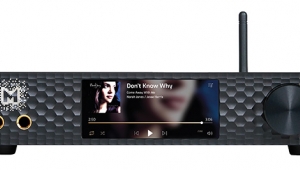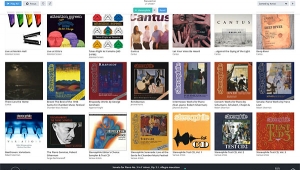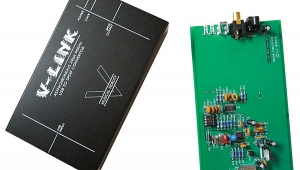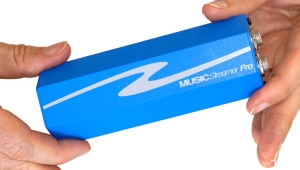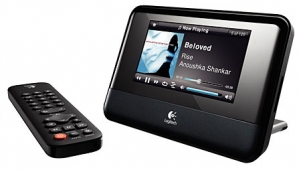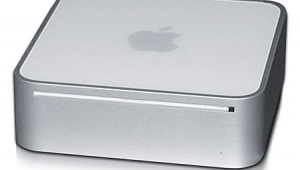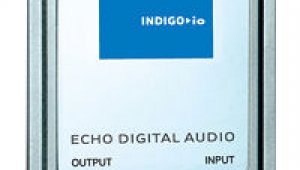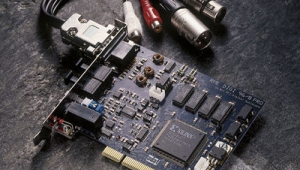| Columns Retired Columns & Blogs |
John, I'd be interested to see Stereophile spill a little ink on Bluetooth solutions that handle AAC directly. The potential advantage is that the player can (and will) stream the file--unfettered--to the other end and the "Bluetoothness" aspect becomes irrelevant for those who buy music from the world's largest online music seller, or make the effort to choose AAC over some other lossy format before putting songs on their phone, regardless of brand or OS.

